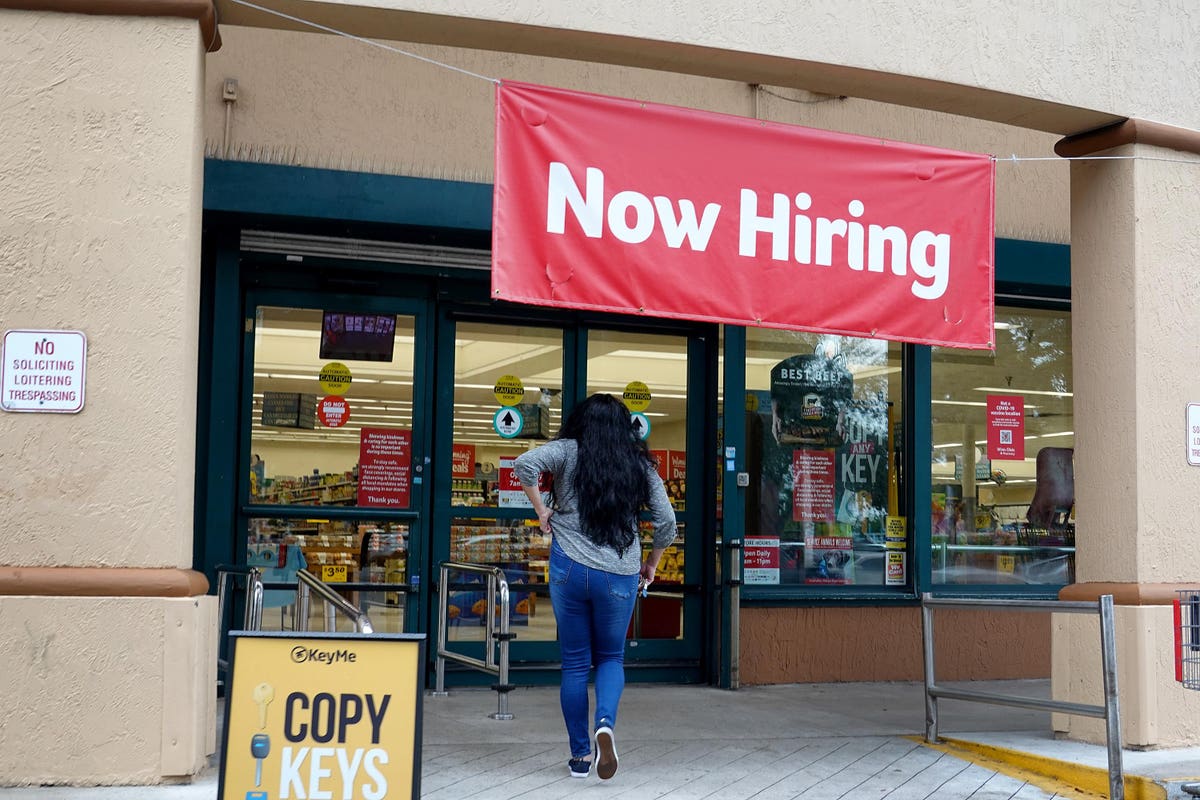The jobs report for August 2023, just released by the Bureau of Labor Statistics, clearly shows a job market that – while remaining fairly strong – is noticeably cooling. This, plus earlier evidence this week (from the Job Openings and Labor Turnover Survey, or JOLTS data), suggest that the Fed should hold off on any further increase rate increases for now.
The BLS report for August showed that the unemployment rate has risen from 3.5 to 3.8 percent. This is not necessarily bad news, since much of the increase was driven by rising labor force participation (up .2 percentage points to 62.8 percent) rather than falling employment. Rising labor force activity is clearly positive, as it helps relieve labor shortages that might otherwise create inflationary wage pressure.
On the payroll side, employers hired 187,000 more workers in August. This is slightly above economist expectations of about 170,000. But, perhaps more importantly, payroll increases for June and July were revised downward very substantially, to just 105,000 and 157,000 respectively. This means that, over the last three months, payrolls grew on average by about 150,000 per month – a rate which is close to being sustainable and in line with labor force increases.
And wage increases showed real moderation in August. Wages and salaries for all workers rose last month (on an annualized basis) just 2.8%, and those for production/nonsupervisory employees grew by just 2.6%. This is clearly in line with inflation of about 3% or so – especially given the strong bump in productivity that we also saw in the second quarter, that can pay for wage increases without causing inflation.
Finally, the cooling jobs market is consistent with earlier evidence this week from the JOLTS survey, in which the job vacancy rate declined to 5.3%. This remains relatively high, compared to the unemployment rate. Still, the vacancy rate is substantially lower than a year ago, when it was 6.9% (and about double the unemployment rate); and it is not much greater than the vacancy rate was right before the pandemic, when it averaged 4.4%.
All of these data tell us that the job market is cooling from its unsustainable levels of growth of the past few years. These data, and those of the past few months, indicate a job market that is solid but no longer generating significant inflationary pressure. Though this could change in the coming months, it suggests that the Federal Reserve would be wise to halt its interest rate hikes, at least for now.
In other words: it’s time for the Fed to take a breather and acknowledge some long-awaited good news from the job market.
Read the full article here













Leave a Reply